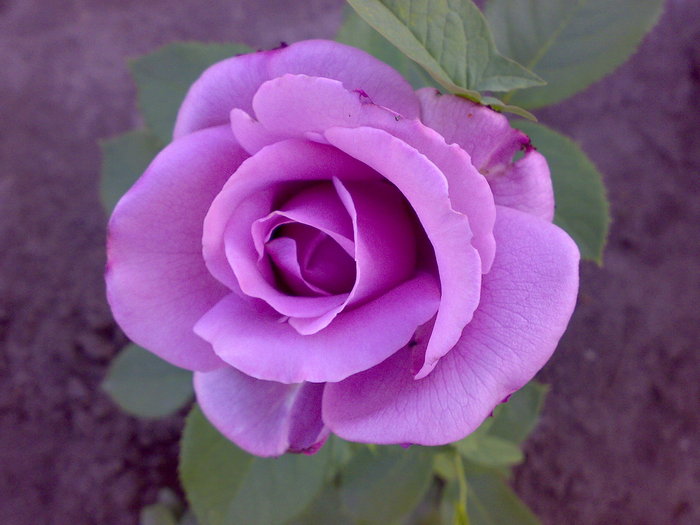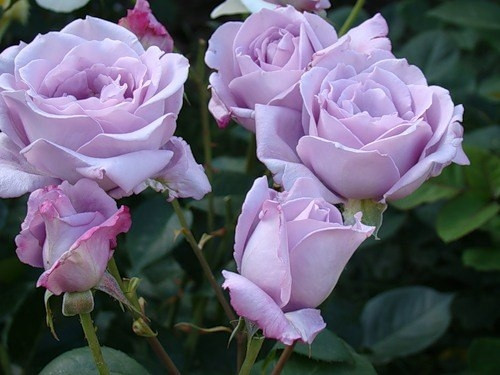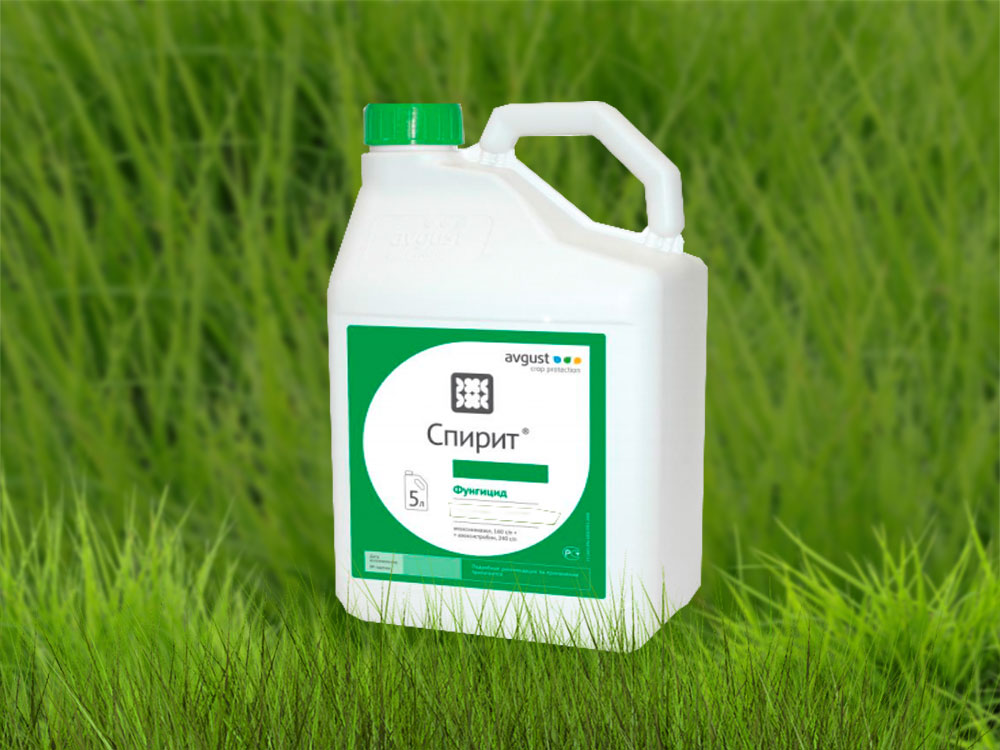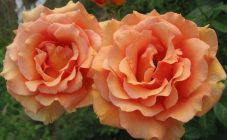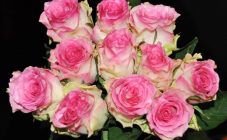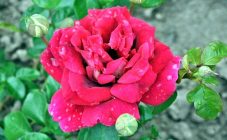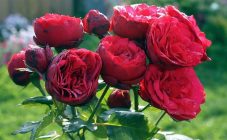Content:
Each new season, gardeners begin to think about what new rose to buy and turn their eyes to flowers of unusual colors. Blue Nile variety (rose hybrid Blue Nile) is just one of those.
Hybrid tea rose
Hybrid tea roses are a class of varieties of rose bushes. They were obtained in 1867 by crossing tea and remontant roses. A distinctive feature of this culture is the continuous flowering and high quality of the flower.
Rose Blue Neil belongs to the hybrid tea, it was bred in 1981 by the famous breeder D. Delbar. This variety has won numerous competitions.
Description of the variety
The Blue Nile rose is actually not blue, but pale lilac. The color of the flowers is preserved throughout the flowering period, which begins in June and lasts until October. The aroma includes tea, fruit, citrus notes. A fully blooming flower can be up to 20 cm in diameter.
The plant reaches 150 cm in height and about 70 cm in width. The bushes are tall, straight, tough, with many thorns. The leaves are large and hard, dark in color.
Rose Blue Nile is a winter-hardy variety, calmly tolerates temperatures of -23 C °, but it is better to cover the culture for the winter. However, the variety has medium resistance to black spot and powdery mildew.
Features of agricultural technology
The Blue Nile hybrid tea rose prefers areas that are illuminated by the sun in the morning and evening, and slightly shaded at noon. This hybrid will not tolerate drafts, but it will not take root in a lowland with stagnant air. It is advisable to plant a tall shrub next to the rose, which will cover it from cold winds and at the same time there will be light air circulation.
The soil for a Blue Nile rose should be moist, acidic, well-drained.
The seedling is planted in prepared soil. To do this, you need to mix manure, sand, fertile soil, peat in a ratio of 3: 2: 2: 1. With a close occurrence of groundwater, it is imperative to make a drainage layer of sand and pebbles.
In the future, watering the culture is rare, but abundant. It will be quite enough 5 liters of water at room temperature for 1 bush once a week. When the rose has faded, watering is stopped until the spring.
The plant is fed from the second year of life. In the spring, mineral fertilizers are applied, a week later - rotted manure. During the formation of buds, fertilize with organic matter or mineral fertilizers.
This flower has an average resistance to diseases and pests. In the first case, treatment with fungicides is needed, in the second - with insecticides.
Pruning is carried out 3 times a year. In the spring, it is needed to form a bush. In the northern regions, cut to 70 cm, in the southern they allow the bush to grow at the highest possible height. In the summer, pruning consists in removing faded and dried flowers. In the fall, the procedure is part of the preparation for wintering.
This variety is quite winter hardy, but it still needs to be covered. The rose is pruned, the soil is treated with an antifungal agent. The culture is covered with spruce branches, foliage, covered with soil. If winter promises to be harsh, then a special frame should also be provided.
Advantages and disadvantages of the variety
The pluses of this variety include:
- rare color;
- unusual aroma;
- high winter hardiness;
- versatility in use;
- easy care.
Minuses:
- average resistance to disease;
- poor tolerance to rains, due to which the buds may not open.
The Blue Nile rose is suitable for any garden, decorating it with an unusual color. But for cultivation you will have to make an effort, for which the flower will thank you with abundant flowering!
